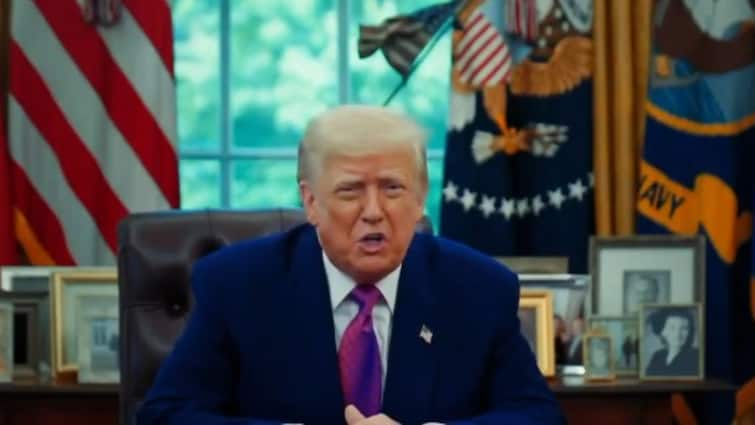President Donald Trump announced that the United States conducted a military strike on a “drug-smuggling submarine” in the Caribbean, killing two people and capturing two others. The surviving suspects, who hail from Ecuador and Colombia, are being sent back to their home countries for prosecution.
Trump Hails Strike as ‘Great Honor’
Sharing the news on his Truth Social platform, Trump wrote, “It was my great honor to destroy a very large DRUG-CARRYING SUBMARINE that was navigating towards the United States on a well-known narcotrafficking transit route.”
pic.twitter.com/DkJOa9Uhud
— The White House (@WhiteHouse) October 18, 2025
He claimed the vessel was packed with fentanyl and other narcotics, describing the suspects as “terrorists.” Trump added, “Two of the terrorists were killed. The two surviving terrorists are being returned to their countries of origin, Ecuador and Colombia, for detention and prosecution.”
The former president asserted that the mission prevented a massive inflow of drugs, writing in another post that “25,000 Americans would’ve died” had the operation not been carried out.
Colombian President Confirms Repatriation
Following Trump’s announcement, Colombian President Gustavo Petro confirmed that one of the surviving suspects had been repatriated to Colombia.
“We are glad he is alive and he will be prosecuted according to the law,” Petro stated on social media platform X.
The strike forms part of a larger US-led campaign against narcotrafficking in the Caribbean. Since September, at least six suspected smuggling vessels, mostly speedboats, have been targeted by American forces.
Questions Over Legality and Transparency
While Washington claims the strikes are disrupting drug routes from Latin America, critics argue that the campaign lacks transparency. Human rights experts have raised concerns that the summary killings may violate international law, especially since the US has not provided evidence that those killed were indeed traffickers.
The origin of the submarine remains undisclosed. Semi-submersible vessels like this one have long been used by traffickers, often constructed in remote jungle shipyards in Colombia and Ecuador, to move cocaine northward through the Caribbean and Pacific routes toward Mexico and the United States.



